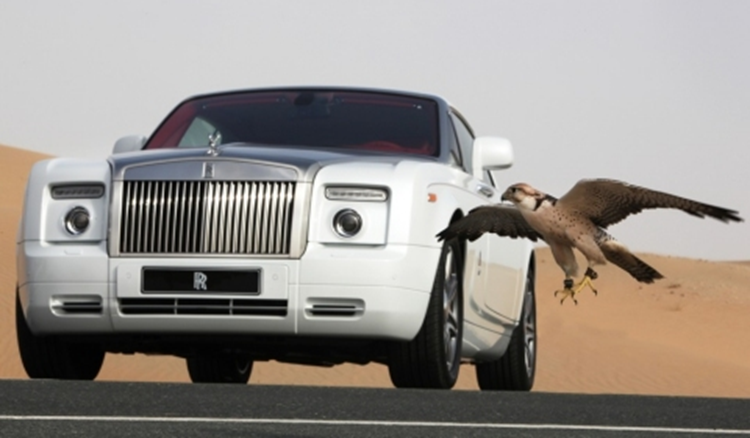When cities grow, traffic often becomes the default excuse for almost anything. Late for a meeting? Blame traffic. Don’t want to go out? Blame traffic.
City planners have several ways out of this problem. They can build their way out, by widening roads or adding alternative routes around choke points.
Alternatively, as is the case in cities such as Abu Dhabi and Dubai, they can encourage softer approaches, including better traffic management and public transport.
But predicting the effects of such interventions on rush-hour traffic is challenging – not only in practice, but also in theory.
Traffic is a complex system, much like the weather, the stock market and the internet. While road networks are easy to understand, the behavior of the individuals using them – the root cause of traffic congestion – is, and is likely to remain, elusive.
To perfectly model traffic down to the last car, we have to know not only where individual drivers are headed, but also how they make choices as they encounter obstacles along the way.
But at the same time, these choices are influenced by the traffic situation they are confronted with. This circular chain of causation is why predicting traffic, especially when it is dense, becomes tricky. In mathematical parlance, the system becomes chaotic.
No matter how many sensors we deploy, how many GPS signals we interpret and how powerful computers we use to interpret the data, perfect traffic forecasts are likely to remain as much of a dream as perfect weather forecasts.
But maybe we do not need perfect predictions. Our premise is that we might get a much better and more accurate grasp of how traffic spreads by modeling less, not more.
Today we are blessed with a wealth of data that we are only starting to learn to exploit. So, how can we efficiently tap in to big traffic data to better understand urban congestion and keep it in check?
Our work is based on a surprising finding: on a single road segment the relationship between traffic density and speed changes sharply.
But when roads are grouped together under the right conditions, an elegant mathematical relationship between both quantities emerges, associating to any given density of vehicles a traffic flow rate through that part of the network. It also tells us at what critical density congestion first appears.
Modelling traffic at the level of individual vehicles quickly becomes impossible because of their sheer quantity. But by focusing on streets, our method opens the door to real-time traffic modeling in a way that is already feasible even on our personal laptops.
Improved traffic models provide support to traffic planners faced with optimizing road networks for 21st-century passengers. Cities used to be hard-wired for personal mobility – driving from home to the workplace and back every day.
Today, citizens increasingly adopt different means of transportation to get from A to B, switching between taxis, buses, light rail, subways, or simply walking.
So while in the past traffic planners and operators aimed to increase the number of vehicles a city could sustain, today they try to increase the number of passengers the streets can carry.
And since buses, trains, subways, and other forms of public transport offer more seats than private vehicles, reaching this goal involves encouraging multi-modal transport.
Using our advanced traffic models, we can test different types of interventions – changing speed limits, setting traffic lights, dedicating lanes to certain modes of transport – and make useful predictions in real time.
Delivery and emergency services could be made more reliable. And public transport could become more popular, ultimately abating urban congestion.
Personal mobility is on the rise around the world. Rather than blindly building their way out of the traffic dilemma, cities seeking alternatives through smarter traffic management schemes and public transportation networks are on a sounder path to sustainable urban centers.
Nikolas Geroliminis is professor in urban transport systems at the Ecole Polytechnique Fédérale de Lausanne



